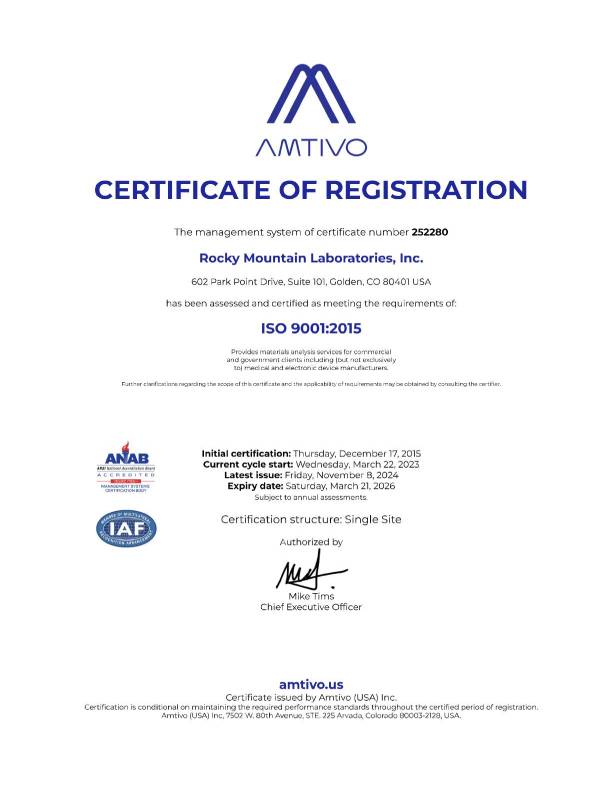In FTIR (Fourier Transform Infrared) spectroscopy, the analysis of functional groups is a common application. Both ether and ester functional groups can be identified and characterized based on their unique infrared absorption bands. Here’s a brief comparison of the infrared spectra of ether and ester functional groups:
Continue reading “Difference between Ether and Ester Bonding in FTIR Spectra”Category: FTIR
Difference between Ether and Ester Bonding in FTIR Spectra
Difference between Drifts and FTIR
It seems there might be a slight misunderstanding in your question. “FTIR” stands for Fourier Transform Infrared, which is a technique used in infrared spectroscopy. On the other hand, “DRIFTS” commonly refers to Diffuse Reflectance Infrared Fourier Transform Spectroscopy, which is a specific application of FTIR spectroscopy.
Continue reading “Difference between Drifts and FTIR”Difference between Deconvolution and Curve Fitting for FTIR Spectra
Deconvolution and curve fitting are both techniques used in the analysis of FTIR (Fourier Transform Infrared) spectra to extract meaningful information about the composition of a sample. However, they are distinct methods with different purposes and approaches.
Continue reading “Difference between Deconvolution and Curve Fitting for FTIR Spectra”Difference between Absorbance and Transmittance In FTIR
In FTIR (Fourier Transform Infrared) spectroscopy, absorbance and transmittance are two key parameters used to characterize the interaction of infrared radiation with a sample.
Continue reading “Difference between Absorbance and Transmittance In FTIR”FTIR Analysis for Automotive Applications
Fourier Transform Infrared (FTIR) spectroscopy is a powerful analytical technique employed in the automotive industry for the qualitative and quantitative analysis of materials. This method provides valuable insights into the composition of automotive components, helping manufacturers ensure product quality, troubleshoot issues, and meet regulatory requirements.
Continue reading “FTIR Analysis for Automotive Applications”FTIR Analysis for Analysis of Rubber Components
Embark on a transformative journey into the world of rubber components with our advanced Fourier Transform Infrared (FTIR) Analysis services at Rocky Mountain Laboratories. In this microscopic exploration, we unveil the intricate molecular details of rubber, providing unmatched insights into its composition and properties.
Continue reading “FTIR Analysis for Analysis of Rubber Components”FTIR Analysis for Adhesives
Unveiling the Molecular Signature of Adhesion
Welcome to Rocky Mountain Laboratories, where precision meets adhesion. Our state-of-the-art Fourier Transform Infrared Analysis services for adhesives empower manufacturers, researchers, and industries to delve into the molecular composition of adhesive materials. Whether you’re developing innovative bonding solutions or ensuring the quality of your adhesive products, our FTIR analysis is your key to unlocking a deeper understanding of adhesive performance.
Continue reading “FTIR Analysis for Adhesives”Difference between FTIR and Absorbance Spectroscopy
“FTIR” and “absorbance spectroscopy” are terms that can be related, and the main difference lies in the specific technique and method of data collection.
Continue reading “Difference between FTIR and Absorbance Spectroscopy”Difference between infrared spectroscopy and FTIR?
Infrared (IR) spectroscopy and Fourier-transform infrared spectroscopy (FTIR) are related techniques used to analyze the interaction of infrared radiation with matter. FTIR is a specific implementation of infrared spectroscopy, and the main difference between the two lies in the method of data collection.
Continue reading “Difference between infrared spectroscopy and FTIR?”What sample is needed for FTIR?
FTIR (Fourier-Transform Infrared) spectroscopy is a versatile analytical technique that can be applied to a wide range of sample types, including liquids, solids, and gases. The specific sample requirements for FTIR analysis can vary depending on the nature of the sample and the research or analytical goals. Here are some common sample types and considerations for FTIR analysis:
Continue reading “What sample is needed for FTIR?”


